Hartington, situated in Derbyshire and the Peak District National Park, was an important market centre in the middle ages, having been granted a market charter in 1203, and though it has been many years since a market has been held in its large square, Hartington still retains an air of prosperity. The stone carved village pump survives on the green and was an important source of water before piped supplies were bought to the village.
Hartington is situated in an ancient and man made landscape, criss crossed by stone walls and patterned with trees, planted in rows, groups and plantations to provide shelter from the winds that sweep across the plateau. These shelterbelts were often planted along old lead workings, where dangerous shafts and poisoned ground made the land unsuitable for anything else.
Farms in the region are usually isolated, many of them with the name `grange`, suggesting that they are of medieval monastic origin. The land over the centuries has become enclosed to provide better pasture for cattle and sheep. Water supplies were always a problem in these limestone regions, as the rain tends to sink straight into the rock. In the past meres were built to hold the rain water for farm animals and the railways were once used to bring water to isolated settlements in times of drought.
Charles Cotton was born at nearby Beresford Hall and there is a pub named after him, in the village square. He introduced Issac Walton to the Peak District and together they wrote `The Complete Angler` a sort of fishermans bible.
Stilton cheese was once made at a factory which recently closed down. Hartington Creamery was established here by the Duke of Devonshire in the 1870's. Thomas Nuttall of Beeby in Leicestershire took over in 1900. He had been keen to get away from an outbreak of foot and mouth disease on his home patch in the Vale of Belvoir, the traditional home of Stilton, where it had been made for many years. On his first day Nuttal processed 250 litres of milk. Cheese making production will re-start in the Parish of Hartington in January 2012.
A new company called the Hartington Creamery have found some suitable barns in the Parish of Hartington which are in the process of being converted to a small scale cheese factory.
This exciting venture has been supported through the LEADER programme in the Peak District Rural Action Zone, part of the Rural Development Programme for England, which is jointly funded by Defra and the European Union, and is delivered by the Derbyshire Economic Partnership

Hartington |
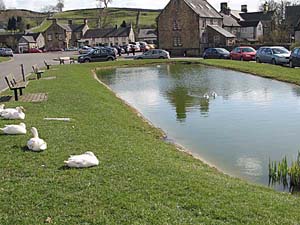
Hartington |
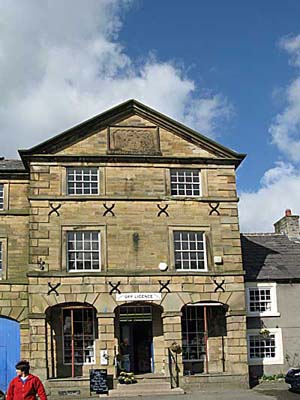
Hartington |
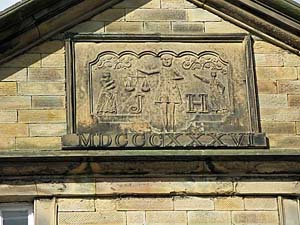
Hartington |
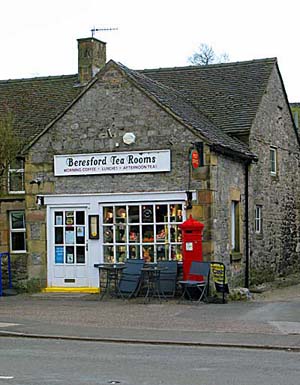
Hartington tea rooms |
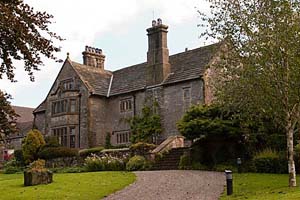
Hartington Youth Hostel |

Hartington church |
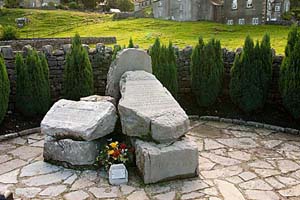
Hartington memorial |
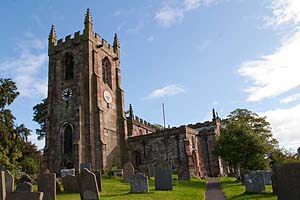
Hartington church |
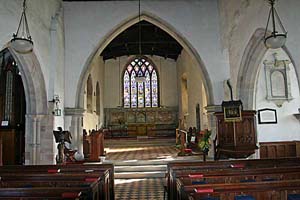
Hartington church |

Hartington cheese shop |
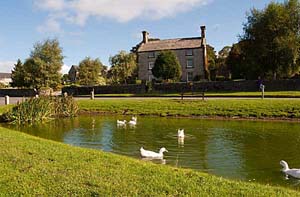
Hartington village pond |
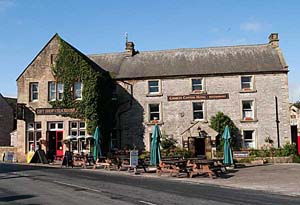
Hartington |
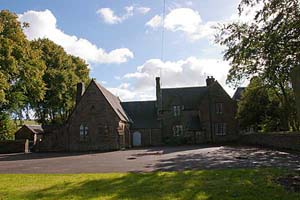
Hartington |
Hartington Hall, now a youth hostel is a lovely tudor manor house built by Robert Bateman in 1611 and Bonnie Prince Charles is thought to have stayed there on his ill fated mission in 1745. Today it is one of the most popular youth hostels in Derbyshire, with thousands of quests every year. Its restaurant and bar are open to the general public and prides itself in serving locally sourced produce. The bar stocks local ales brewed at the Leatherbritches Brewery in Fenny Bentley and Whim Ales in Hartington itself. Whim Ales has been brewing real ale for the last 12 years. Its popular Hartington Bitter, Hartington IPA, Arbor Light and seasonal varieties are on sale across the East Midlands and at in the 2 former village coaching inns, The Charles Cotton and the Devonshire Arms.
The church stands above the market square and has an attractive 5 light window in its south transept. The tower is Perpendicular with battlements and crocketed pinnacles and stands at the west of the building.
Hartington can be very busy with tourists especially at weekends.It has its souvenir shops and tea-rooms.However it is also the focal point for the northern end of the limestone dales on the river Dove and there is a excellent network of footpaths centered on the village.
The former Hartington railway station, about a mile and half from the village itself, is now a picnic area with toilet facilities and an information centre, held in the former signal box which was retained after the National Parks Authority bought the Ashbourne to Buxton railway in 1968.
The track itself was converted into what is known as the Tissington Trail, is popular with both walkers and cyclists.
Hartington is also a good starting point for walking along Beresford Dale, a beautiful place with its curiously formed cliffs and rocks. There are also several caves.
For food and drink in Hartington please see Places to eat and drink in Hartington
Directions for Hartington
Hartington can be reached by taking the A515 road out of Ashbourne and after about 12 miles turning left onto the B5054.
Oher places of interest nearby
Dovedale
Beresford Dale
Earl Sterndale
Milldale
Wetton